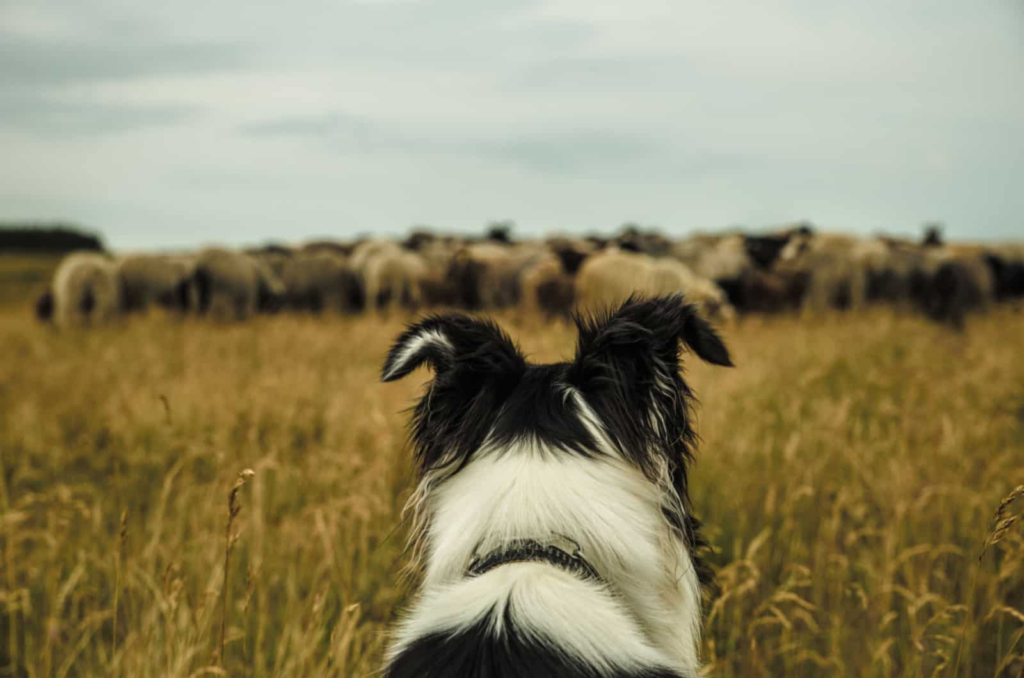Majestic Guardians: Big Dogs in Russia and their Enduring Legacy

Russia, known for its vast landscapes and rich cultural heritage, is also home to some magnificent big dog breeds. These noble and majestic canines have played significant roles throughout Russian history, serving as loyal companions, guardians, and working partners. In this article, we will explore the world of big dogs in Russia, delving into their characteristics, historical importance, and their enduring legacy as beloved companions and protectors.
- The Russian Bear Hound (Karelian Bear Dog):
One of the notable big dog breeds in Russia is the Karelian Bear Dog, also known as the Russian Bear Hound. These dogs were originally bred for hunting large game, including bears. With their sturdy build, keen senses, and unwavering courage, they were highly valued for their ability to track and confront formidable prey. Today, they are cherished for their loyalty, intelligence, and their role as devoted family pets. - The Black Terrier (Black Russian Terrier):
The Black Russian Terrier, often referred to as the “Black Terrier,” is another prominent big dog breed originating from Russia. Developed as a working dog for the military, these powerful and robust canines excel in various roles, including guard dogs, search and rescue, and police work. With their confident demeanor and impressive size, Black Terriers command respect and are known for their protective instincts and unwavering loyalty. - The Caucasian Shepherd Dog:
Originating from the Caucasus region, the Caucasian Shepherd Dog, or Ovcharka, is a massive and imposing big dog breed. Historically used to protect livestock and defend against predators, these dogs are renowned for their strength, fearlessness, and unwavering loyalty to their families. In modern times, they are cherished for their protective nature and make exceptional guard dogs for homes and properties. - The Borzoi (Russian Wolfhound):
Renowned for its elegance and grace, the Borzoi, also known as the Russian Wolfhound, is a majestic big dog breed originating from Russia. Originally bred for hunting wolves, they possess exceptional speed, agility, and a keen sense of sight. Today, Borzois are treasured for their gentle nature, affectionate temperament, and their role as beloved companions and show dogs. - Working Roles and Companionship:
Big dogs in Russia have not only served utilitarian purposes but have also formed deep bonds as loyal companions. Throughout history, they have accompanied farmers, herders, and hunters, offering protection and companionship in harsh and challenging environments. In contemporary times, big dogs continue to be cherished as family pets, bringing joy, loyalty, and a sense of security to households across Russia. - Preservation and Cultural Significance:
Russia takes pride in preserving its big dog breeds, recognizing their historical and cultural significance. Breed clubs, organizations, and dedicated enthusiasts work diligently to ensure the preservation and responsible breeding of these magnificent canines. Specialized events, exhibitions, and competitions celebrate the beauty, temperament, and working abilities of big dogs, further cementing their importance in Russian culture.
Big dogs in Russia have a rich history, significant working roles, and a revered place in the hearts of their human companions. From the loyal and versatile Karelian Bear Dog to the protective and imposing Caucasian Shepherd Dog, these majestic canines leave a lasting impression with their noble stature and unwavering loyalty. As Russia continues to honor and preserve its big dog breeds, they embody not only the country’s heritage but also serve as cherished family members, providing love, companionship, and an enduring legacy that will continue to be celebrated for generations to come.